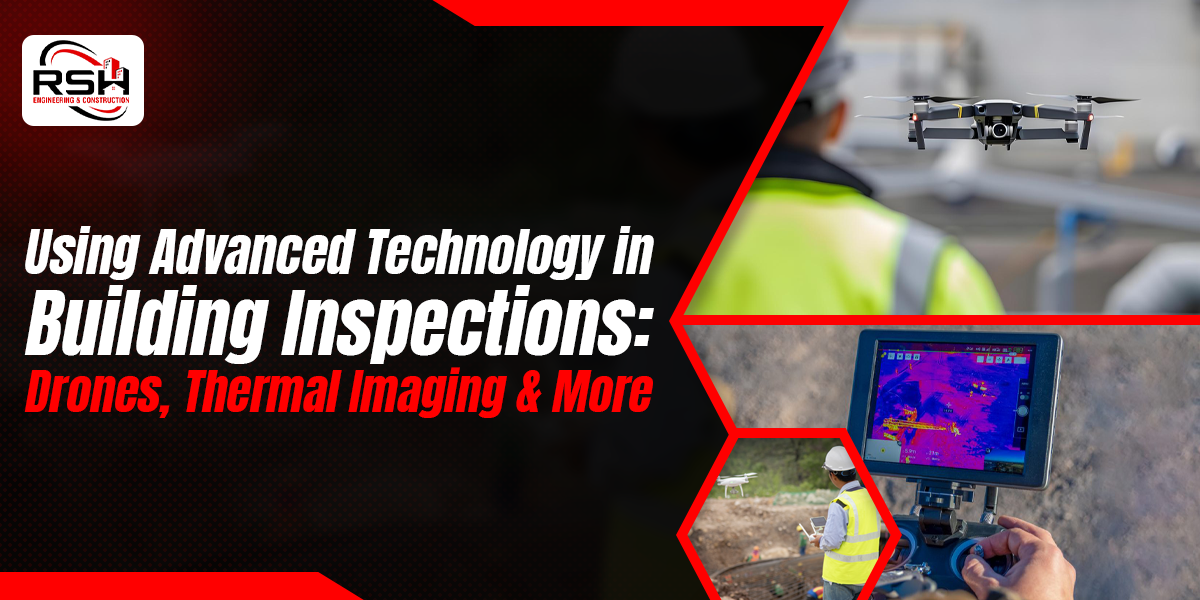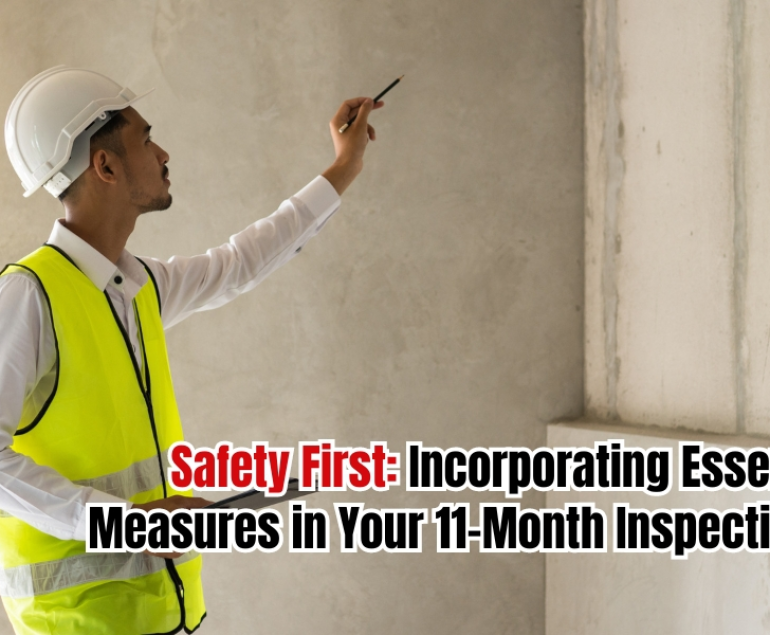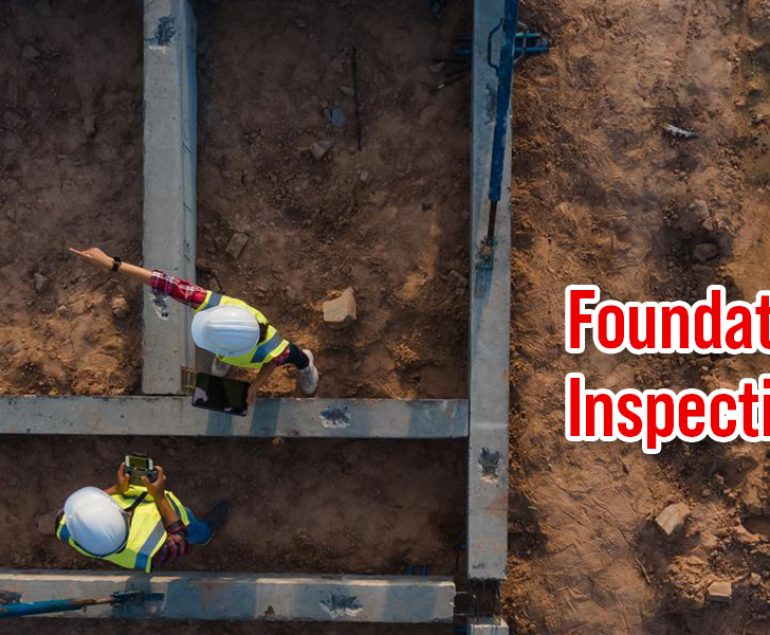Recently, the demand for including advanced technology in building inspections has become more prominent. More sophisticated technology is replacing the manual walk-around and visual inspection. These are taking building inspection to a new level by giving more accurate and comprehensive assessments.
Why Building Inspection Technology Matters
As buildings become more complex, it has become essential for certified engineering inspectors to be able to utilize advanced tools to identify hidden issues. These technologies work in a precise manner. It is also noninvasive, so it doesn’t cause any structural damage.
The Limitations of Traditional Inspection Methods
Traditional inspection methods rely heavily on visual inspection. Occasionally it is accompanied by moisture meters, borescopes, or basic tools. However, this type of testing has its own limitations.
- Access constraints: Certain structural elements may not be safely reachable in traditional ways.
- Hidden problems: Issues such as insulation gaps or electrical hotspots may remain invisible to the untrained eye.
- Risk: Human inspectors working at a height or in a small space may be at risk of injury.
- Subjectivity and documentation: Visual inspection can miss things. It may not fully capture the condition or tie it to a precise location.
Advantages of Building Inspection Technology
By utilizing the advancement in technology in various corners of a building, an inspection has many advantages.
- Faster inspections: By incorporating drones, inspectors can cover large areas in a small time.
- Better detection: Advanced technologies can uncover hidden defects.
- Lower overall cost: The reduced human labor has significant financial advantages.
- Stronger reporting: Rich data builds more confidence.
Drone Building Inspection: Transforming How Inspections Are Done
Drone inspections are changing the landscape of building inspections by improving safety, speed, and accuracy while reducing a significant chunk of the cost compared to traditional methods.
What Is Drone Building Inspection?
Drone building inspection is the use of unmanned aerial vehicles (UAVs) with high-resolution cameras and other sensors to examine the exterior and structure of the building. Drones eliminate the need for scaffolding or a ladder in cases where there are no access points for humans. It is safer, faster, and more cost-effective than alternative methods.
Key Benefits of Drone-Based Inspection
Drone inspection makes building assessment faster, safer, and more data-driven. The numerous advantages of including this technology in the inspection process are as follows:
- Increased Safety: It reduces accident risk for the building inspector.
- Speed & coverage: Drones can cover an entire structure in very little time.
- High-Resolution Detail: These drones have HD cameras with zoom lenses that catch every detail.
Thermal Imaging Inspection: Seeing What the Eye Can’t
It is a nondestructive diagnostic technique that uses infrared (IR) cameras to detect heat patterns and temperature differences on the surface. It is a wonderful technology that improves safety and reduces costs by diagnosing issues early on.
What Is a Thermal Imaging Inspection?
Thermographic, or thermal imaging inspection, uses a thermal imaging camera to create visible images of heat patterns. It identifies areas with abnormal heat signatures that can indicate problems like equipment failure, insulation issues, and much more.
With a thermal sensor mounted on a drone, one can make inspections across roofs, walls, solar systems, HVAC components, and more.
Why Thermal Imaging Matters
Thermal imaging has become one of the key components of a home inspection checklist in a professional engineer inspection.
- Detect hidden defects: Thermal imaging can detect subsurface issues that are not usually visible.
- Energy audit: It shows areas of heat loss and poor insulation in the walls.
- Moisture and water intrusion: It helps pinpoint the area of a leak.
- Electrical/mechanical systems: overheated panels or dangerous wiring can show up in thermal imaging.
Other Advanced Technologies Revolutionizing Building Inspections
While drones and thermal imaging are the most prominent faces of advanced technology in building inspection, there are other tools that are coming up in the field.
1. 3D Laser Scanning and LiDAR
These are related technologies. It allows inspectors to take millions of data points per second and create a digital twin of the building. These scanners map every surface with outstanding precision. It is highly important for digital documentation. However, it costs a little more and requires a professional with a post-processing skillset.
2. Building Information Modeling (BIM)
It is a crucial part of building inspection. It helps with collecting data throughout the lifecycle of a building. BIM reduces human error and inspection time by having coordinated documentation of all components.
3. Robotics and Crawlers for Confined Spaces
In locations where drones cannot operate, robotic crawlers and inspection bots fill the gaps. They come prepared with cameras, LIDAR, and sometimes thermal sensors to navigate tight and hazardous areas.
Smarter Inspections, Stronger Buildings
With the help of human expertise and smart data-driven technology, building inspection has become faster and safer with more precise and accurate results. Whether it is a small home or a large complex, the future of evaluation lies in adapting to modern techniques.
Conclusion
RSH Engineering & Construction knows the importance of integrating technological advancements into the tried and tested methods of traditional inspection. With their advanced drone inspection service, thermal imaging techniques, and much more, they deliver insights that traditional inspectors cannot.
Choose RSH Engineering & Construction to deliver clarity with innovation.
Frequently Asked Questions about Advanced Technology in Building Inspection:
Q1. Why is thermal imaging inspection important?
A1. Thermal imaging can reveal moisture gaps, insulation problems, and even electrical faults. They help with early detection, which is cost-saving in the long term.
Q2. What are the benefits of using technology in building inspection?
A2. The primary benefit of using this technology is that it reduces risk and saves time. It also provides visual proof of findings, which contributes to advanced data analysis.
Q3. How long does a drone inspection take?
A3. Drone inspections can take anywhere between a few hours. It depends on the size and complexity of the building.





